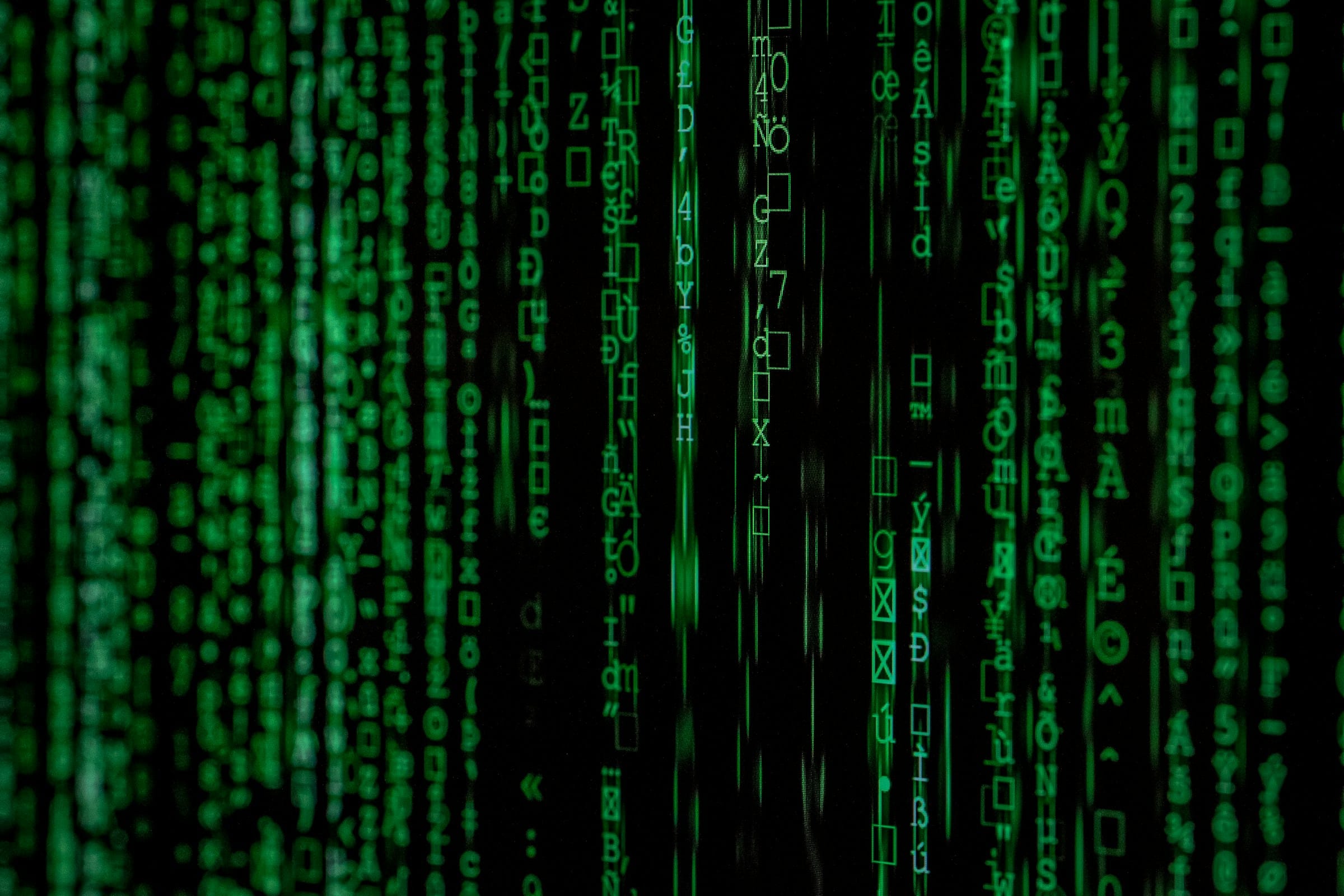How to Leverage Digital Twin Technologies in UK Property Development?

In today’s digital age, the property development sector is rapidly evolving. One of the most fascinating developments is the rise of digital twin technology. A digital twin is a virtual model of a physical asset, building or system that replicates the real-world counterpart in a live environment. By leveraging this technology, property developers and managers can enhance the efficiency of construction projects, improve building management, and promote sustainable practices. In this article, we delve into the key aspects of digital twin technology and how it will revolutionize the UK’s property development industry.
The Basics of Digital Twin Technology
Digital twin technology has its roots in the world of manufacturing, where it was initially used to monitor, simulate, and optimize the production process. Today, it’s being adopted across a wide range of sectors, including property development.
Dans le meme genre : What Are the Challenges and Opportunities for UK Fashion Startups in Sustainable Sourcing?
At its core, a digital twin is a virtual replica of a physical entity. This twin is created using a combination of data and technology to mirror the real-world asset as closely as possible. It’s not just a static model; it’s a dynamic system that evolves over time, reflecting changes in its physical counterpart.
The creation of a digital twin involves gathering data about the physical asset, typically through sensors, and feeding this data into a computer system. This system then uses algorithms to create a detailed, 3D model of the asset. This model can be manipulated and analyzed in virtual space, providing valuable insights into the asset’s performance, potential issues, and possible improvements.
A lire en complément : How Can UK SMEs Benefit from Implementing Lean Manufacturing Techniques?
Advantages of Digital Twin Technology in Property Development
There’s a growing recognition of the benefits digital twins can bring to the property development industry. By creating a precise virtual model of a building, developers can streamline the construction process, improve building management, and make more informed decisions about future developments.
This technology brings a new level of data-driven decision making to the industry. With a digital twin, developers can run simulations to predict how a building will perform under various conditions, helping them to identify potential issues before they become costly problems. This predictive capability can lead to significant savings in time and money.
Furthermore, digital twins can also improve the management of existing buildings. By monitoring the real-time data from a building’s digital twin, facility managers can better understand how the building is being used, identify areas of inefficiency, and implement changes to optimize performance.
How to Implement Digital Twin Technology
Implementing digital twin technology in property development involves several steps. The first is to collect data on the physical building or asset. This data gathering process is usually carried out through a combination of sensors, drones, and other data collection tools.
Once this data has been collected, it needs to be fed into a digital twin system. This system will then generate a detailed, 3D model of the asset, which can be manipulated and analyzed in a virtual environment.
The digital twin can be used throughout the construction process, from initial design to final handover. For example, during the design phase, the digital twin can be used to simulate how the building will perform under different scenarios, helping to inform the design process. Similarly, during construction, the digital twin can help to identify potential issues and mitigate them before they impact the project.
Future of Digital Twin Technology in Property Development
Looking ahead, digital twin technology is set to play an increasingly important role in property development. As the technology evolves, digital twins will become more sophisticated, providing even more detailed and accurate representations of physical assets.
One emerging trend is the integration of digital twins with other technologies, such as augmented reality (AR) and virtual reality (VR). This combination will provide an even more immersive and interactive way to visualize and analyze digital twins.
Beyond the construction phase, digital twins have a significant role to play in building management. By continuously monitoring a building’s performance, managers can identify issues more quickly, implement changes more effectively, and ultimately, prolong the lifespan of the asset.
Shaping the Future of UK Property Development
In the UK, digital twin technology is already having a significant impact on property development. A growing number of developers are recognizing the potential of this technology to improve efficiency, reduce costs, and promote sustainability.
In the coming years, it’s likely that the use of digital twins in property development will become the norm rather than the exception. Those who are quick to adopt this technology will be well positioned to stay ahead in the increasingly competitive property development market.
In short, digital twin technology is not just a promising development; it’s a powerful tool that is reshaping the UK’s property development industry. By embracing this technology, developers can ensure they are at the forefront of the industry, ready to meet the challenges and opportunities of the future.
Enhancing Real Estate through Digital Twinning and Artificial Intelligence
With the integration of artificial intelligence into the sphere of property development, digital twin technology is proving to be a game changer. The combination of these two technologies has opened the doors to numerous possibilities. In real estate, for instance, it has given developers an edge over traditional methods of property management and development.
Artificial intelligence, with its ability to process large amounts of data and predict outcomes based on patterns, complements digital twin technology by enhancing its predictive capabilities. Through machine learning, a subset of artificial intelligence, digital twins can be trained to learn from past data and predict future outcomes. This predictive analysis proves essential in decision making during different phases of the construction project.
The ability to process real-time data has made digital twins an invaluable tool in asset management. Real-time data provides the most current depiction of the physical asset, allowing for immediate identification and resolution of issues. The integration of artificial intelligence can further enhance this function by predicting potential problems and recommending solutions based on past data. This predictive maintenance can dramatically reduce repair costs and increase the life cycle of the asset.
Furthermore, the use of digital twinning in conjunction with machine learning in the built environment enables seamless operation and maintenance of buildings. With the aid of real-time data, facility managers can monitor and adjust various parameters to ensure optimal usage of resources, thus promoting sustainability.
Conclusion: Embracing Digital Twins to Reshape the Construction Industry
In conclusion, digital twin technology is revolutionizing the UK property development landscape. By leveraging this technology, developers can streamline construction projects, enhance decision making, and promote efficient asset management.
The integration of artificial intelligence further elevates the capabilities of digital twins. With machine learning, digital twins can process and learn from historical and real-time data, improving their predictive capabilities and transforming the way we manage assets in the built environment.
The future of property development lies in the hands of those who embrace digital twin technology. As it continues to evolve, the technology will undoubtedly become even more integrated into the construction industry, providing more detailed and accurate representations of physical assets, aiding in more informed decision making and ultimately improving the life cycle of assets.
The UK property development sector is poised for a digital transformation. By acknowledging the potential of digital twins and integrating them into the construction projects, developers are not only giving themselves a competitive edge but are also contributing to a greener and more sustainable future.
